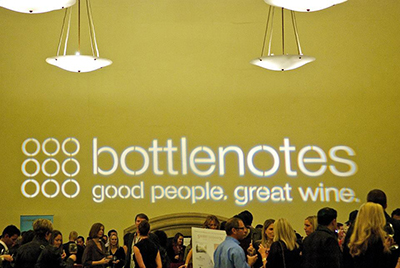Trend or solution, the true is that one of the many aspects that separate Casa Herradura from the competition is its ongoing commitment to protecting and respecting the environment. And even though the tequila production process utilizes energy and water, and generates waste, Casa Herradura has made changes to offset their environmental footprint, over the past 15 years.
I would like to share some facets of the production process that showcase the Casa Herradura’s commitment to sustainability:
1. Wastewater Reuse and Filtration. In 2007, Casa Herradura built a multimillion dollar, state of the art wastewater treatment plant to treat 100% of wastewater generated in the tequila production process. In 2010, the brand added a second wastewater treatment system to treat 100% of the wastewater generated from cafeterias, restrooms, bathrooms, etc. Additionally, the brand added a wastewater filtration system to treat 100% of its treated water and make it suitable for irrigation in agave nurseries, lawns and compost process, reducing well water use in the dry season.
2. Renewable Energy. In 2009, Casa Herradura installed a waste-to-energy process that fuels a steam boiler with biogas generated by a biological anaerobic reactor, as part of the wastewater treatment plant (WWTP). This system provides 12 percent of the energy utilized in the tequila production process.
3. Renewable Composting. Since 2008, Casa Herradura’s compost process has converted more than 81,000 tons of agave bagasse into more than 27,000 tons of compost, mostly used in agave fields and nurseries.
4. Comprehensive Recycling. In 2000, Casa Herradura established company-wide recycling centers. All bottles, cardboard, plastic, aluminum, computer paper, glass, all kind of metals, are separated and sent for recycling with authorized recyclers.
5. Hazardous waste handling and disposing. In 2008, the agricultural area of Casa Herradura became part of the “Clean Field” <http://www.amifac.org.mx/plameva3.html> program to handle and dispose all hazardous waste generated from agrochemical usage. The hazardous waste is then treated, sent for recycling or incinerated according to Mexican Laws.
6. Non-hazardous waste handling and disposing. In 2011, Casa Herradura implemented an internal “Green Field” program to handle and dispose non-hazardous waste produced during agave harvesting.






